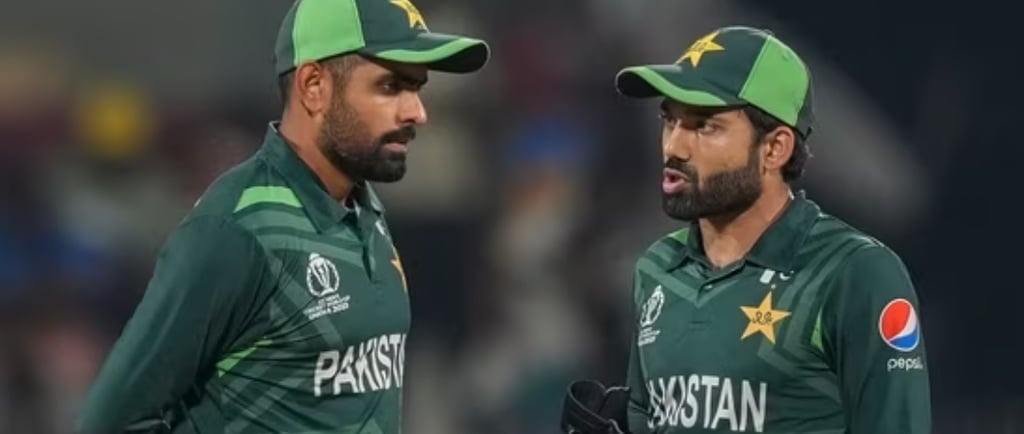How Pakistan sport hit rock bottom
Quoted in article on Pakistani sports
CRICKETFEATURED
Sharda Ugra
10/26/20231 min read


Pakistan’s downslide into sporting purgatory, according to Karachi-based writer Ahmer Naqvi, must be put into context. It happened when the nature of sport itself was changing with the country’s economy failing to keep pace.
While the high noon of mid-1990s, Naqvi says, “seemed to represent the start of some golden era of athletic achievement, it was really the end of a previous era.”
Of state-supported patronage for sport, combined with support for talent to produce the best results at a global level. With the opening-up of the Pakistan economy in the 1990s, state patronage was upended by a new free market. Where despite cricket and hockey’s popularity, the scale of Pakistan’s economy meant that it was hard to raise the commercial leverage to boost sport.
Naqvi says that while India negotiated its economic change into cricket, Pakistan’s economy was “far more rickety.” Despite foreign aid during the Musharraf boomtime, “the market has really failed to take on the mantle” as fund-raiser and generator, even for cricket. He points out that even the Pakistan Super League, “which is a very widely watched product is held back by the fact that the economy really isn’t strong enough to take it to places it could go.”
The fading away of school sports, the increase in private schooling without sports fields, the lack of heft in the market to lift snooker’s popularity from its thousands of dens into a professional structure are all factors. “It’s a combination of answers” (as to how Pakistan’s sport has faded) which took place at a time, “where sport itself transitioned from various forms of patronage to a becoming a purely commercial enterprise and when that happened, it caught Pakistan out.”